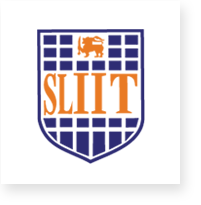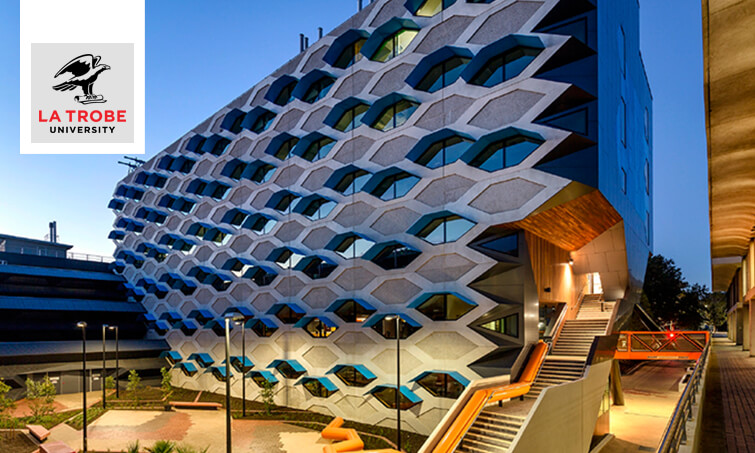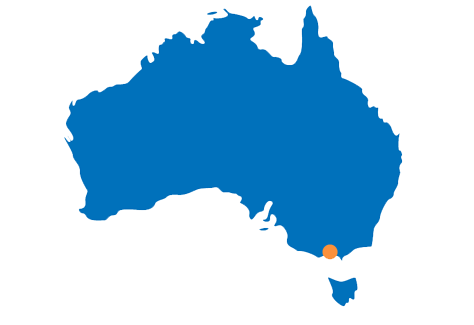The university was established in 1964 following the assent of the La Trobe University Act by Victorian Parliament on 9 December 1964. The passing of the Act of Victorian Parliament to establish La Trobe University followed earlier University Acts to establish the University of Melbourne (1853) and Monash University (1958). The Minister of Education at the time and the appointed planning council were "unanimous in their enthusiasm that the new institution should be innovative in its approach", and the university adopted an academic structure based on schools of studies (rather than on faculties) and a collegiate format, where a large number of students lived on campus. At this time, Flinders University and Macquarie University were also establishing a schools-based system.
Many prominent Victorians were involved in La Trobe's establishment process, and there was a strong belief that it was important to increase research and learning in Victoria. One of the major individuals involved was Davis McCaughey, who later became Governor of Victoria. The university was named after Charles Joseph La Trobe, the first Governor of Victoria, and the university motto, 'whoever seeks shall find', is adapted from Charles La Trobe's family motto. The La Trobe University Coat of Arms incorporates the scallop shells from the La Trobe family bearings, the Australian wedge-tailed eagle to represent Australia, and sprigs of heath to represent Victoria.











